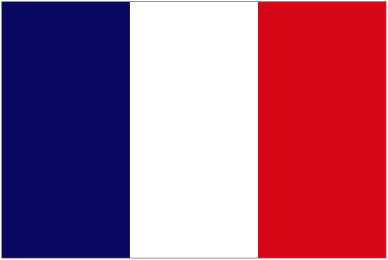Let’s talk about the tuning of the Venezuelan Cuatro. The Cuatro is typically tuned to the pitches A, D, F#, and B, with the A string being the lowest pitch and the B string also being in the same octave as the A. This particular tuning is known as a reentrant tuning, which means that the pitches of the strings are not arranged in a strictly ascending or descending order. Instead, the last string (B) ‘s pitch is lower than the third string’s (F#), creating a distinctive and characteristic sound.
In the past, it was difficult for musicians in South America to obtain strong strings that could withstand the high tensions needed to tune the B string to the highest pitch in the standard tuning for the Cuatro. This was because strings were typically made from animal gut, which was not as strong and durable as the steel strings commonly used on modern instruments. As a result, the B string would often break when musicians attempted to tune it to the highest pitch.
To solve this problem, musicians in South America developed the reentrant tuning for the Cuatro. By tuning the B string to a lower pitch than the other strings, they could use strings that were strong enough to withstand the tension without breaking. This allowed them to play the Cuatro without constantly replacing broken strings and made the instrument more practical and reliable.
In addition to the practical benefits of the reentrant tuning, it also contributed to the unique sound of the Cuatro. The lower pitch of the B string created a more vibrant and resonant sound, which helped to make the Cuatro an essential part of Venezuelan music.
What are the practical benefits of reentrant tuning
The Cuatro use of a reentrant tuning has several benefits. One is that this tuning allows the Cuatro to produce a range of pitches similar to that of other instruments, such as the guitar. This makes it easier for the Cuatro to play melodies in the same key as other instruments and allows it to be used in a broader range of musical styles and settings.
Another benefit of reentrant tuning is that it allows the instrument to produce a more vibrant and resonant sound. The reentrant tuning creates more tension on the strings, making the Cuatro sound louder and more focused. This can be especially useful in ensemble settings, where the Cuatro may need to compete with other instruments for volume and clarity.
Finally, the reentrant tuning of the Cuatro also allows for a more excellent range of expression and tonal color. Because the pitches of the strings are not arranged in a strict ascending order, like the Guitar, it is possible to play chords and melodies that would be impossible on other instruments. This allows the Cuatro to have a unique and distinctive voice and makes it an essential part of Venezuelan music.
In summary, this type of tuning allows the instrument to play in the same key as other instruments, produce a more vibrant and resonant sound, and offer a greater range of expression and tonal color. All of these factors contribute to the unique and characteristic sound of the Venezuelan Cuatro.


